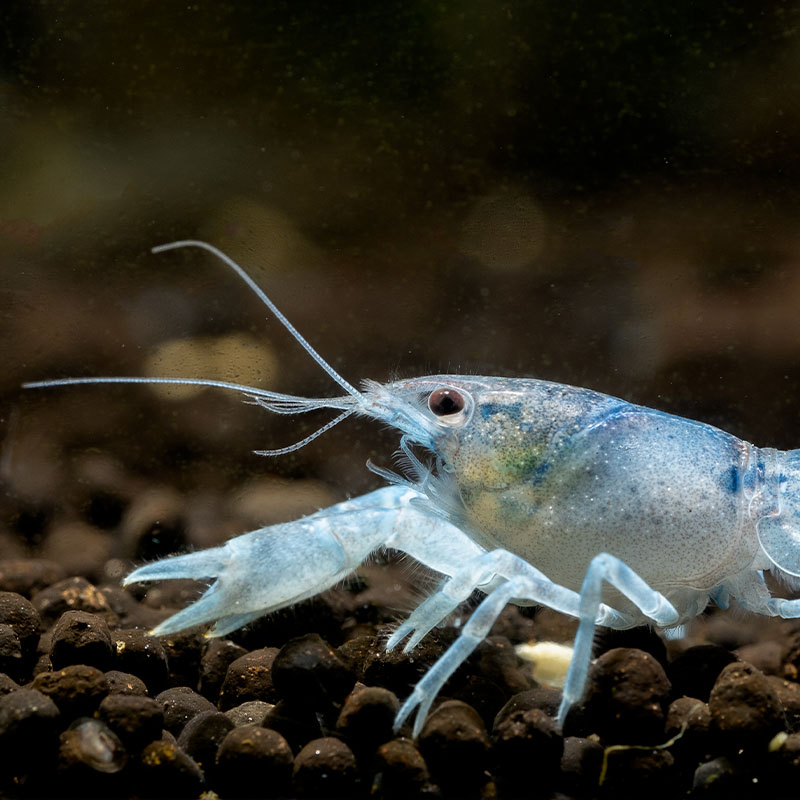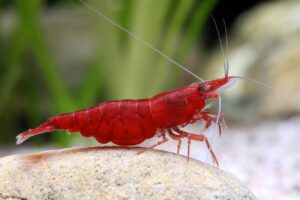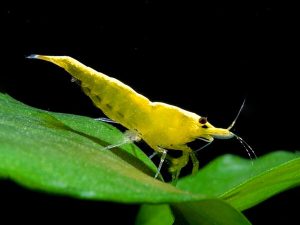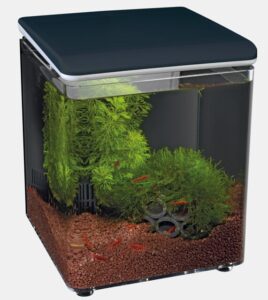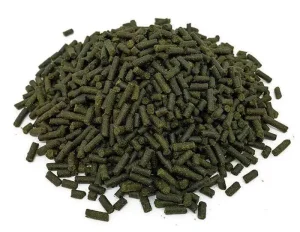It’s all about the SHRIMP
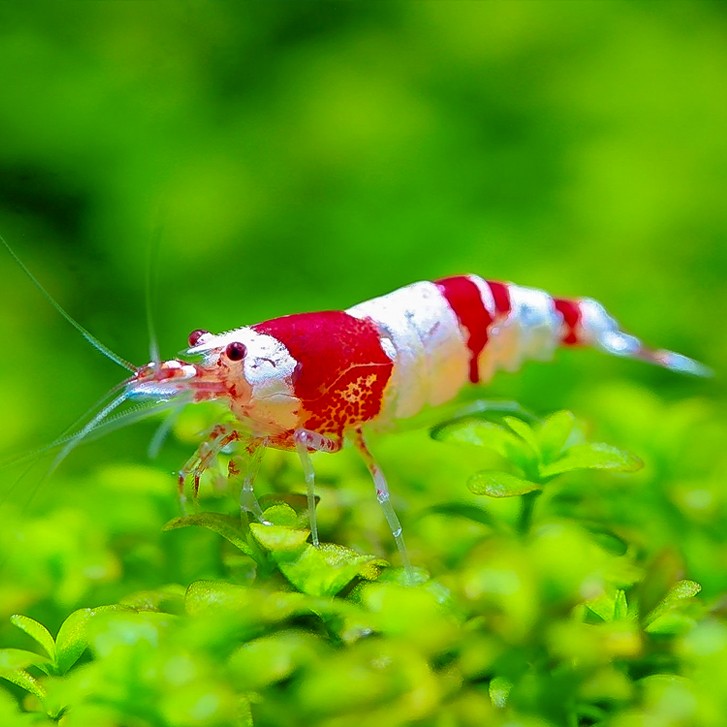
Caridina Cantonensis
Caridina cantonensis, commonly known as the Bee Shrimp, is a species of freshwater shrimp that has gained popularity among aquarium hobbyists. They require different water parameters to the “tougher” Neocaridina’s, so are better suited to intermediate hobbyists

Neocaridina Davidi Cherry Shrimp
Neocaridina davidi – (Cherry Shrimp) is not only a beautiful addition to a freshwater aquarium but also contributes to the ecosystem by helping keep the tank clean. Their ease of care makes them suitable for both novice and experienced aquarists
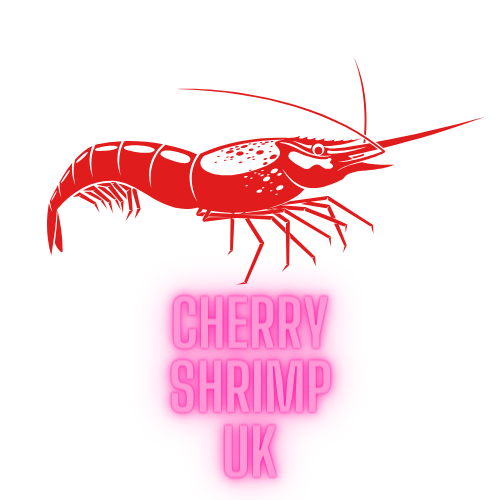
Know Your Shrimp
Keeping freshwater shrimp can be a rewarding experience for aquarium enthusiasts. Here’s some advice based on research to help you maintain a healthy environment for your shrimp:
We are Shrimp breeders serving shrimp Lovers
We love breeding freshwater shrimp. Primarily, we breed Caridina and Neocaridina shrimp, but do offer other species from time to time.


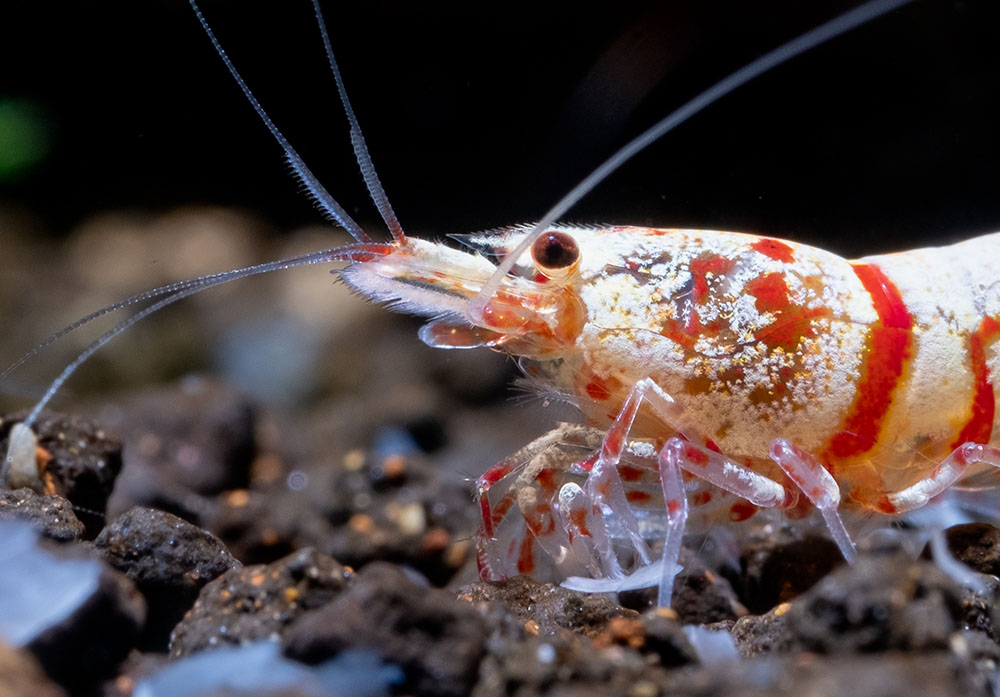

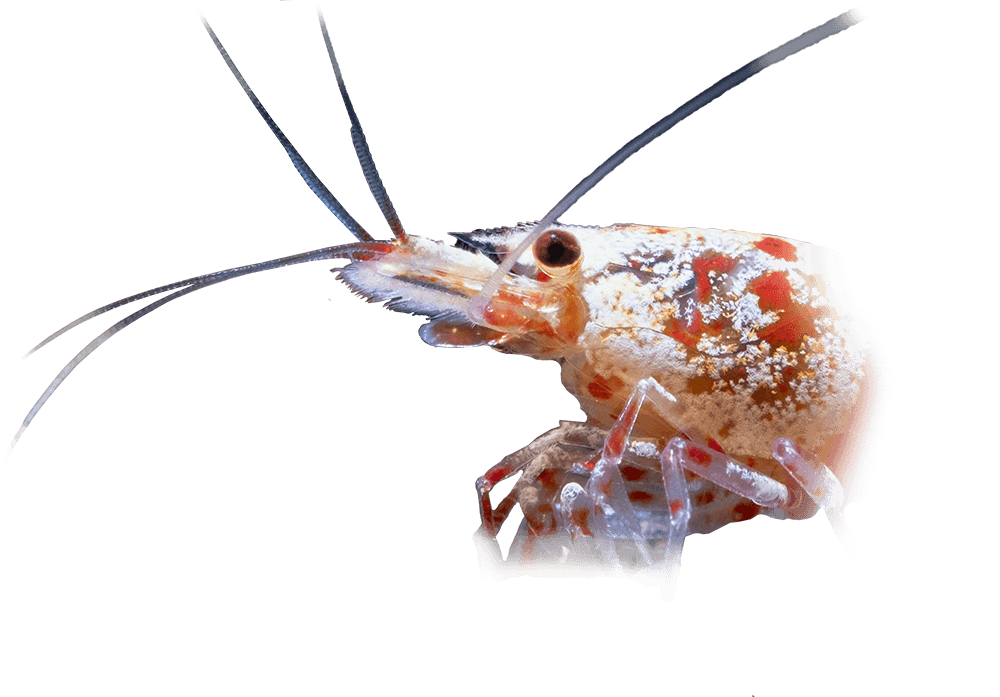
Why you should choose us
DOA Guarantee
We are committed to ensuring the satisfaction and confidence of our customers with every purchase. We stand behind the quality of our products and provide a DOA guarantee for all livestock sold
Safe Packaging
Advanced Breather bags are used to transport your shrimp. These are packed in sturdy padded boxes so that your shrimp arrive in tip top condition via our tracked 24hr service
Best Specimens
Where possible we will send a mix of juvenile and mature shrimp. All orders are hand picked to ensure the best specimens are selected for your order
Trusted Breeder
For 10 years we have specialized in exclusively breeding freshwater shrimp. Our time is solely devoted to this activity ensuring that our shrimp are of the highest quality achievable.
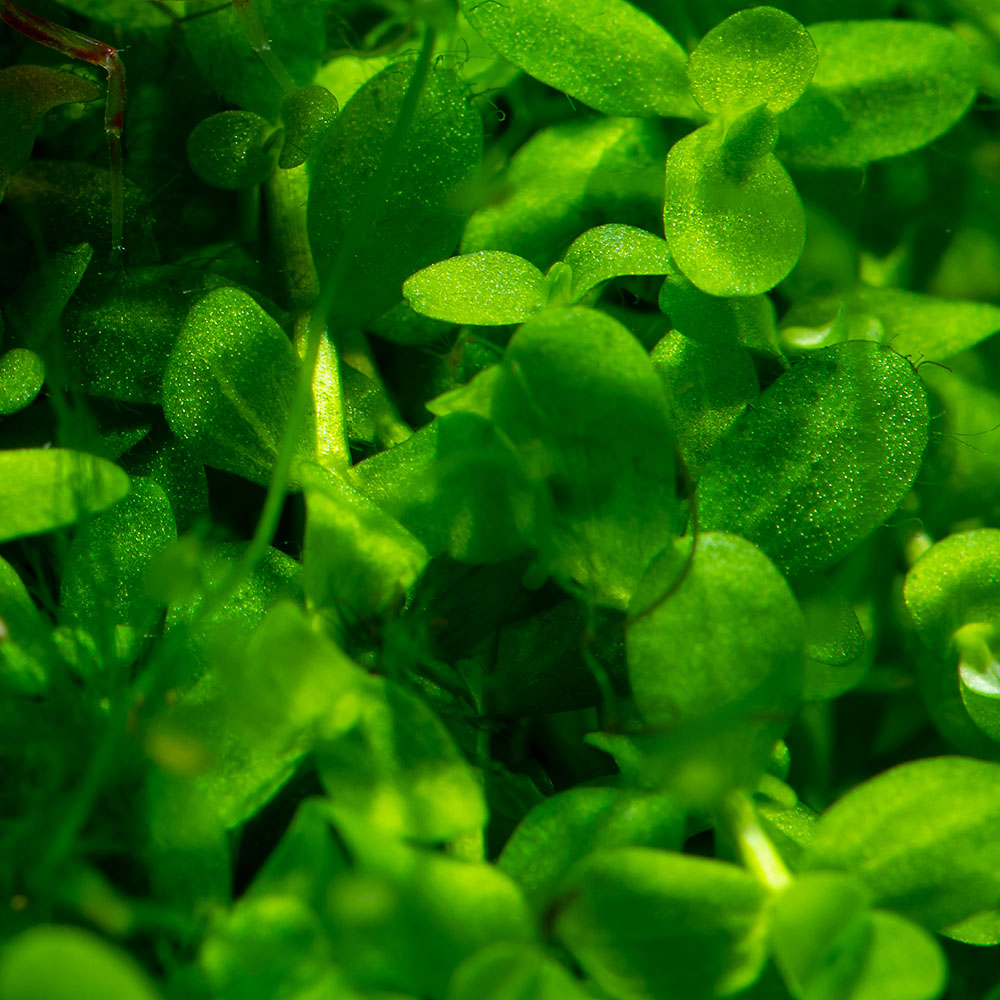
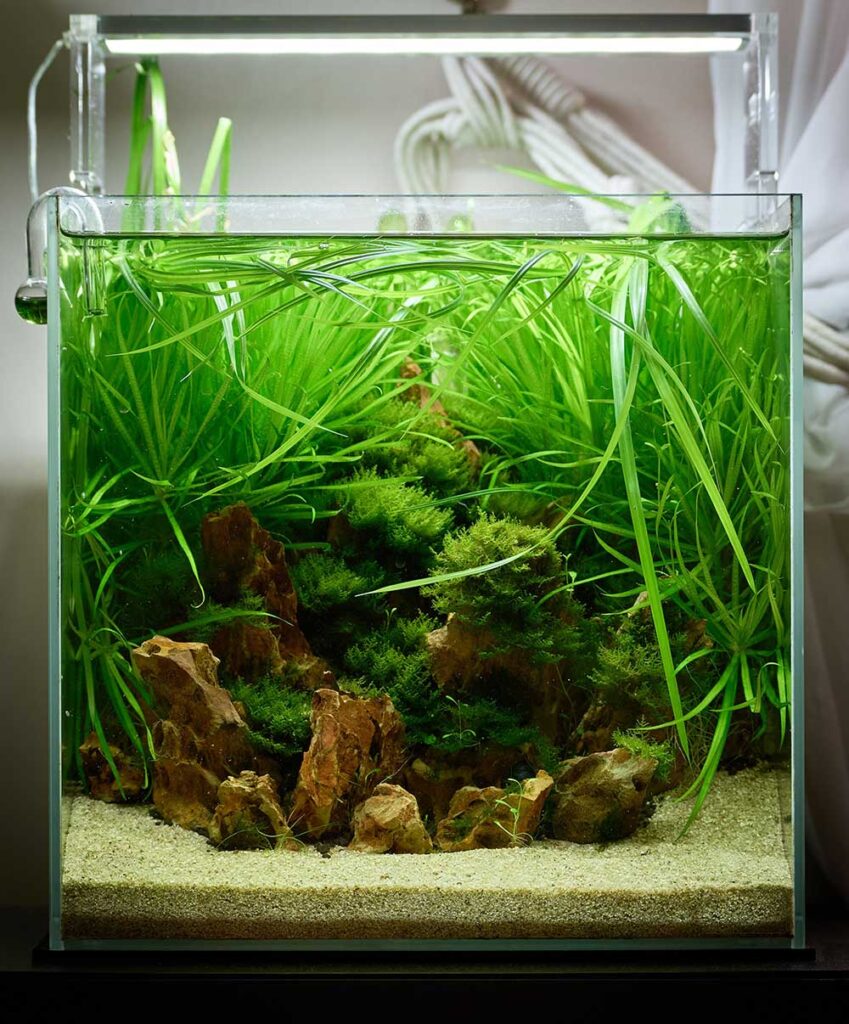
The Balance of Plants and Shrimps
Maintaining a balanced ecosystem in a freshwater aquarium with plants and shrimp is essential for the health and well-being of both. Here’s an overview of how to achieve this balance.
Join Our Newsletter
Lorem ipsum dolor sit amet, consectetur adipiscing elit. Nunc convallis, arcu at dictum imperdiet, sem dolor sodales tellus, et hendrerit odio magna volutpat massa.


